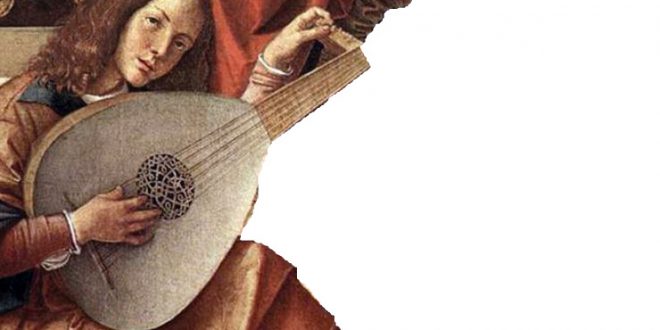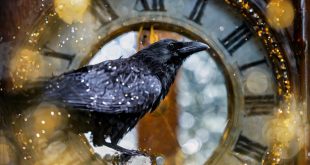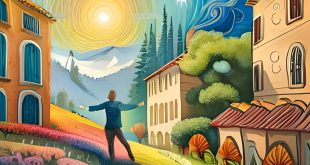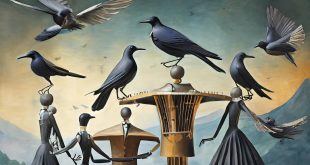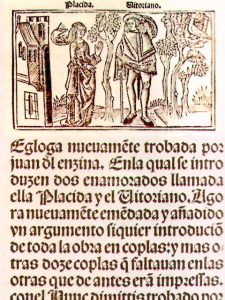 When musical originality is faithful to tradition
When musical originality is faithful to tradition
In their role as guardians, playing a primitive oboe, the municipal minstrels garrisoned the city towers of the fourteenth century and sensed the imminence of danger. In Germany, they were assign a trumpet with which to warn the passage of a ship on the river. They also learned to ring the bells in the event of a fire and to give citizens, churches or the court musical entertainment, transforming themselves over the years into wandering musicians https://core.ac.uk/download/pdf/156786798.pdf. During the time, the minstrels developed Madrigalism, a style concerning the complex of choices and expressive means of a literary-musical tradition.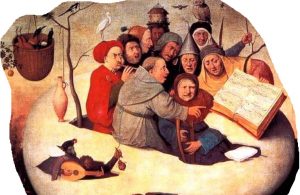
In the sixteenth century, the life of a musician is an integral part of the social fabric of any city. New musical instruments and new practices are born that give a touch of opulence to ecclesiastical and aristocratic celebrations. Bourgeois musical guilds were born who met to sing songs of their own composition, thus ensuring that the music followed academic and artistic standards. With feasts enlivened by the sound of strings and flutes, trumpets and drums also conferred prestige and social rank on the nobility and on the rich new ones https://www.docsity.com/it/il-madrigale-delle-origini/5900270/. In their musical form, the madrigal was a musical text strictly adhering to the poetic text.
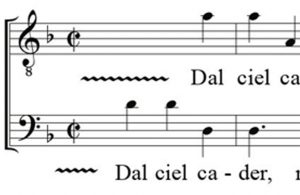 In the list of composer active in Europe at the beginning of the sixteenth century, some were active in the transition from medieval to Renaissance music. The Englishman John Merbecke was a composer and theologian who wrote Anglican Church music. Arnold von Bruck, on the other hand, was active in numerous courts of the Habsburg family. The first collection of songs by the Frenchman Claude Goudimel dates back to 1549, while the composer and lutenist Hans Neusidler (a native of today’s Bratislava), taught the lute, publish eight books of lute music https://imslp.org/wiki/Basciami%2C_vita_mia_(Rampollini%2C_Matteo). In madrigal language, a composition of less than fourteen lines had a metric structure of short verses, closed by a couplet with a kissed rhyme at the end.
In the list of composer active in Europe at the beginning of the sixteenth century, some were active in the transition from medieval to Renaissance music. The Englishman John Merbecke was a composer and theologian who wrote Anglican Church music. Arnold von Bruck, on the other hand, was active in numerous courts of the Habsburg family. The first collection of songs by the Frenchman Claude Goudimel dates back to 1549, while the composer and lutenist Hans Neusidler (a native of today’s Bratislava), taught the lute, publish eight books of lute music https://imslp.org/wiki/Basciami%2C_vita_mia_(Rampollini%2C_Matteo). In madrigal language, a composition of less than fourteen lines had a metric structure of short verses, closed by a couplet with a kissed rhyme at the end.
 It was a musical or lyric composition originally from Italy. The origin of the word “madrigal” is in reference to its rustic and dialectal content. “Its original form, practiced in the fourteenth century, was made up of hendecasyllables (ranging from six to fourteen), divided into stanzas with various rhymes, always with a final kissed rhyme. A madrigal set to music by Giovanni da Firenze, with triplets of identical music but the final chorus set differently, follows the course of the poetic text: “Lamb, I’m white and I’m bleating, and, by insult of a superb goat bleating I agree and I take a bite of grass. The damage is of him, I say in faith that he gave me fat with blond wool, if a goat disturbs and I do not have round. Now I don’t really know what it will be of me, but even if just sir, thank goodness he will want“.
It was a musical or lyric composition originally from Italy. The origin of the word “madrigal” is in reference to its rustic and dialectal content. “Its original form, practiced in the fourteenth century, was made up of hendecasyllables (ranging from six to fourteen), divided into stanzas with various rhymes, always with a final kissed rhyme. A madrigal set to music by Giovanni da Firenze, with triplets of identical music but the final chorus set differently, follows the course of the poetic text: “Lamb, I’m white and I’m bleating, and, by insult of a superb goat bleating I agree and I take a bite of grass. The damage is of him, I say in faith that he gave me fat with blond wool, if a goat disturbs and I do not have round. Now I don’t really know what it will be of me, but even if just sir, thank goodness he will want“.
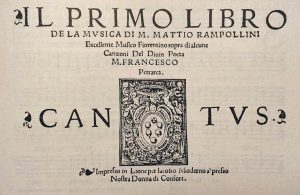 Through its phonic games, the Italian madrigal of the sixteenth century intuitively reflected the meaning of a poetic text, creating swaying blooms in correspondence with specific words. The Italian cantor and composer Bernardo Pisano, born in Florence in 1490, was a madrigalist composer of secular music. The Venetian lutenist and composer Francesco Spinacino spent a certain period of his life in Venice, where his works for lute were publish. Famous for his madrigals and the first internationally renowned Italian polyphonist, Costanzo Festa also wrote sacred music. Active in Florence and known for his madrigals composed for the amusement of the opulent court of the Medici https://www.bongiovanni70.it/en/products/79518, Mattio Rampollini set to music a cycle of Petrarch’s songs, published in 1554 http://www.mymusicbase.ru/PPS4/sd_4730.htm.
Through its phonic games, the Italian madrigal of the sixteenth century intuitively reflected the meaning of a poetic text, creating swaying blooms in correspondence with specific words. The Italian cantor and composer Bernardo Pisano, born in Florence in 1490, was a madrigalist composer of secular music. The Venetian lutenist and composer Francesco Spinacino spent a certain period of his life in Venice, where his works for lute were publish. Famous for his madrigals and the first internationally renowned Italian polyphonist, Costanzo Festa also wrote sacred music. Active in Florence and known for his madrigals composed for the amusement of the opulent court of the Medici https://www.bongiovanni70.it/en/products/79518, Mattio Rampollini set to music a cycle of Petrarch’s songs, published in 1554 http://www.mymusicbase.ru/PPS4/sd_4730.htm.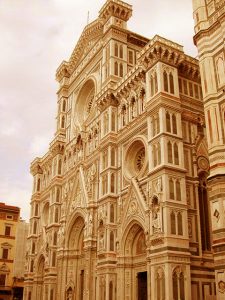
Nothing is know of the early years of training of the musician and priest Mattio Rampollini, born in Florence in 1497 in a family of the parish of S. Felice in Piazza. In 1515 he was master of still and figurative singing for clerics; until 1528 his name appears in some documents of the cathedral of S. Maria del Fiore, where he returned in 1533, to prepare music for the holy week. In 1539, he provided two madrigals to the celebrations for the wedding of Cosimo de ‘Medici, to whom he dedicated his “First book of music” https://www.youtube.com/watch?v=cz1os932u5U.
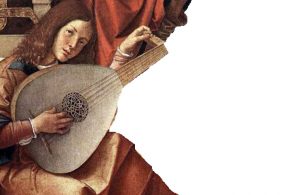 If you want to get to know international music scene, you can type http://meetingbenches.com/category/music/. The property of the images that appear in this blog correspond to their authors. The sole purpose of this site is to spread the knowledge of these artists and that other people enjoy their works.
If you want to get to know international music scene, you can type http://meetingbenches.com/category/music/. The property of the images that appear in this blog correspond to their authors. The sole purpose of this site is to spread the knowledge of these artists and that other people enjoy their works.
 Meeting Benches World art in all forms
Meeting Benches World art in all forms
